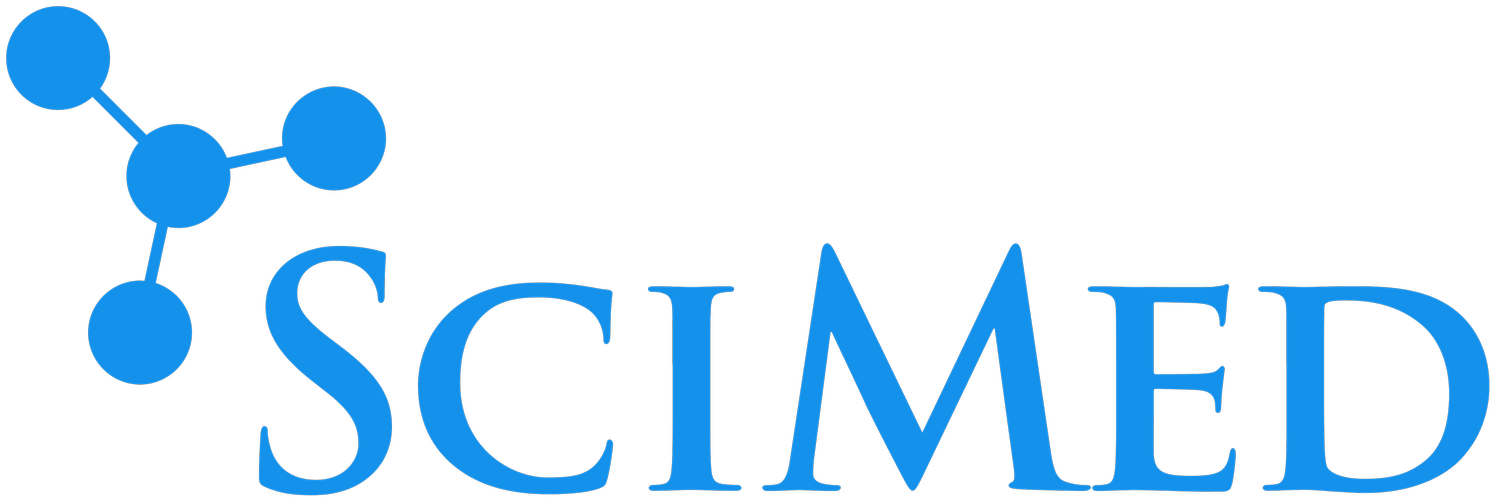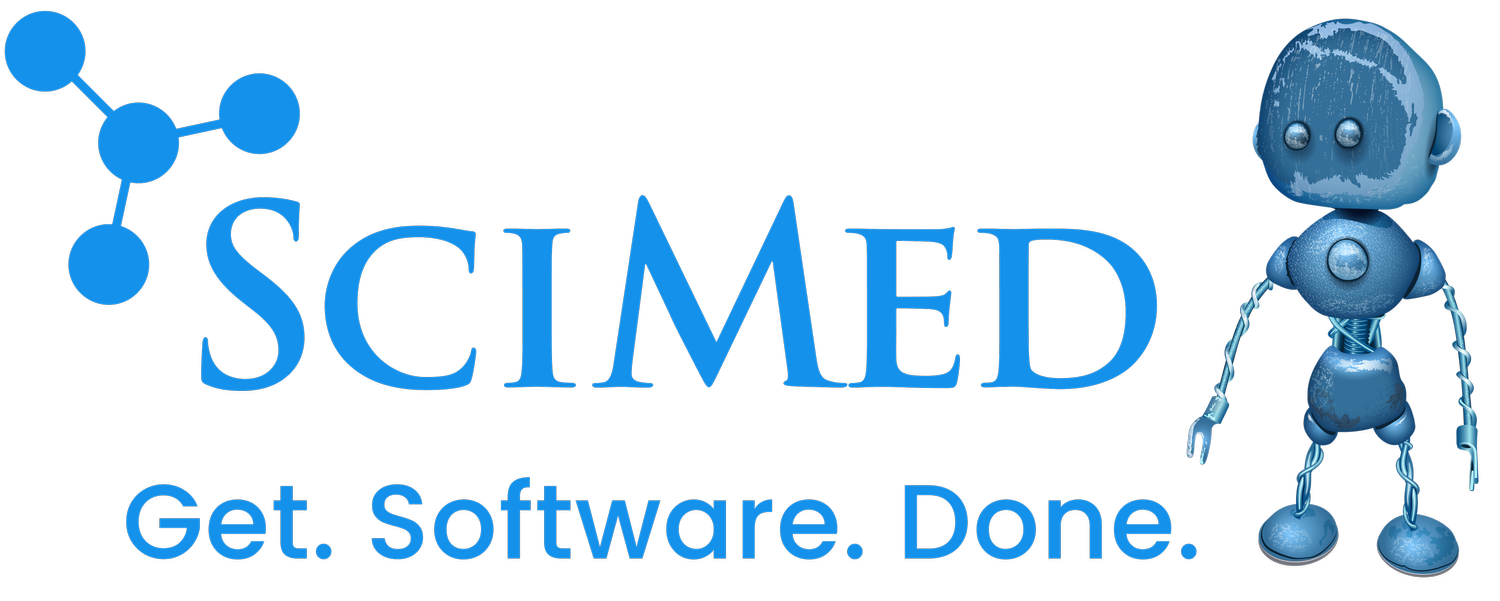Developing software for a pharmaceutical company? Here’s why user testing is critical.
User testing is a critical component of software development, especially in the pharmaceutical and other life science industries. There are many reasons why user testing is so important in developing software, but in this article we’ll only focus on the three we consider most important. First and foremost, many of the products shipped in the pharmaceutical industry are used by multiple types of users. Let’s have a look at your typical software, like Microsoft Word. Microsoft Word is really only designed for one user, the writer. Pharmaceutical applications can have many different users, for example the patient, the doctor and the pharmacist. Each requires different user flows and has different needs.
The second reason user testing is so important is because of the level of scrutiny software applications in pharmaceuticals are evaluated with before going to market. It takes a certain level of domain expertise to navigate these regulations, which over the years we at SciMd have become experts on.
Finally, the third reason rigorous user testing is important is you need to ensure that critical protocols within the application are triggering properly. Let’s dive into each of these examples a bit further.
Different Users Require Different Functionality
At the beginning of a project, you should identify the different user personas that will be using your product, and understand what their pain points are. A patient will use the same application much differently than a physician would, and a physician would use the same application much differently than a nurse would. You must account for all of these scenarios in your design.
Once you’ve identified the types of users who will be using your product the most, start by conducting user interviews with them to inform your design. Throughout the project, you should aim to ship quickly and often. In doing so, you’re able to get feedback from users that can be worked upon in the next iteration. While you’re conducting testing on your latest version, think like a user would. Imagine scenarios and workflows they would need to do in their day to day job. This is how you give yourself the best chance of success in finding all the potential bugs in your system.
When launching a product at SciMed for our clients, not only do we put our product through a rigorous QA analysis internally, but we hand the product over to real users to give us their feedback in real time. This ensures that the final product makes users' lives easier and is a value add to them, rather than something that is clunky and hard to use.
Navigating Federal Regulations Requires Domain Expertise
When dealing with life saving drugs, therapeutics, and procedures a high level of government compliance is expected and required. Pharmaceutical companies are especially subjected to a vast number of laws and regulations concerned with testing, patenting, and ensuring that what hits the market is safe and efficient. Quality and safety are top priorities for applications to achieve compliance.
What often concerns this sector is GxP criteria, which stands for:
Good
With “X” being a variable that is dependent on the application itself. For example, it can be “C” for “Clinical”, “S” for “Storage”, and so on and so forth.
Practice
This set of criteria was created by the FDA to ensure manufacturing and storage processes and procedures are being met by regulated organizations. What GxP focuses on is traceability, accountability, and data integrity.
To a newcomer, navigating the endless legal regulations might feel impossible. Collectively at SciMed, we have over 20 years of experience navigating these regulations. It’s safe to say we know them like the back of our hands.
Ensuring Critical Protocols Trigger Properly
All of the people using our software previously mentioned in this article are counting on the fact, and assuming that, the software they’re using is working properly. Because if they’re not working properly, that can be the difference between a person getting the right treatment or not. For example, you wouldn’t want a patient to receive an incorrect drug because the system you developed didn’t function properly. The last scenario you want to happen is for that patient to have an adverse reaction to a misprescribed drug.
For this reason, you want to make sure you work into your system all of the environments it could possibly operate within. To ensure you have a protocol in place for every situation you might encounter. And then, make sure to test against these cases to ensure protocols are triggering properly.
The Importance of User Testing for Pharmaceutical Software Development
Clients of all kinds, from pharmaceutical companies to biotechnology startups to life science organizations, come to us to develop software that will help to scale their businesses. Oftentimes, the success of their business depends on the software we develop for them. Launching and handing over a product successfully to a client can only be achieved through extensive and thorough testing of the product, to ensure all functionalities are working properly and that the product is best suited to the user’s needs.
If you need to build out software to help scale your business, get in touch.



